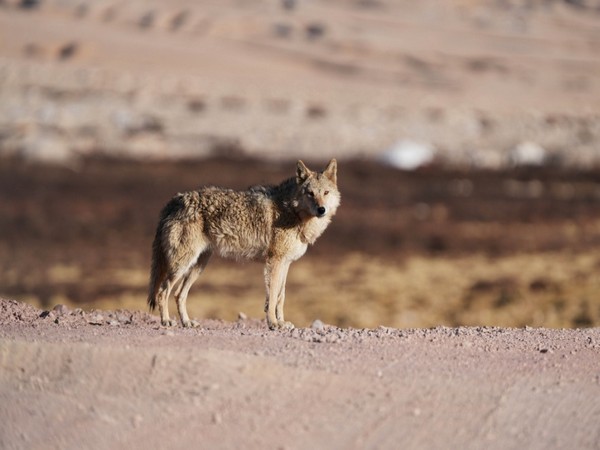Wolves, known to be shy animals, have turned into man-eaters in Uttar Pradesh, posing a threat to human life. Since March 2024, nine children and one woman have been killed in Bahraich, while Sitapur, Pilibhit, and Hastinapur have also witnessed wolf attacks. Despite capturing four wolves in Bahraich, the conflict between humans and wolves continues, raising concerns that the real culprits are still at large. Experts believe that the wolves responsible for attacking humans are yet to be caught.
Wolves are Extremely Shy Animals
Sanjay Pathak, Field Director of Dudhwa Tiger Reserve and wildlife expert, says that wolves are extremely shy animals that flee quickly upon seeing humans, making photography challenging. They live in packs and will not eat their prey until they find a missing member. Pathak explains that wolves attack humans only when forced to leave their natural habitat due to floods or other reasons, and if they come across a human child, their attack instinct increases. If a human kills a pack member, wolves may also attack in retaliation.
How Wolves Develop a Taste for Human Flesh
According to experts, a wolf that attacks a human and eats its flesh will later regurgitate and feed its cubs, introducing them to human flesh. This is how they develop a taste for human flesh.
Wolves Can Sacrifice Their Lives to Save Their Pack
Wolves are known to sacrifice their lives to save their pack members. Despite being shy animals, they are not typically man-eaters and live near human settlements, hiding in forests and fields.
1997: 42 Children Killed by Wolves
In 1997, wolves terrorized Sultanpur, Jaunpur, and Pratapgarh, killing 42 children. Retired Indian Forest Service officer VK Singh, who was part of the operation to eliminate the wolves, says that the pack is led by an alpha male wolf. When the female wolf is pregnant or nursing, the male wolf hunts human children. Singh believes that the lack of grasslands is not the reason for wolves turning man-eaters, as they can easily hide in wheat fields.
Lasting Solution Requires Accurate Mapping and Sustained Efforts
VK Singh emphasizes that until the wolves responsible for killing human children are eliminated, attacks will continue. In 1997, it took eight months of continuous operation and the killing of 13 wolves to resolve the issue. Accurate mapping of wolf routes and sustained efforts are necessary to find a lasting solution.
Man-Eating Wolves Cannot be Tamed
Wildlife expert Rupak De says that man-eating wolves cannot be tamed and must either be killed or captured and kept in zoos.



